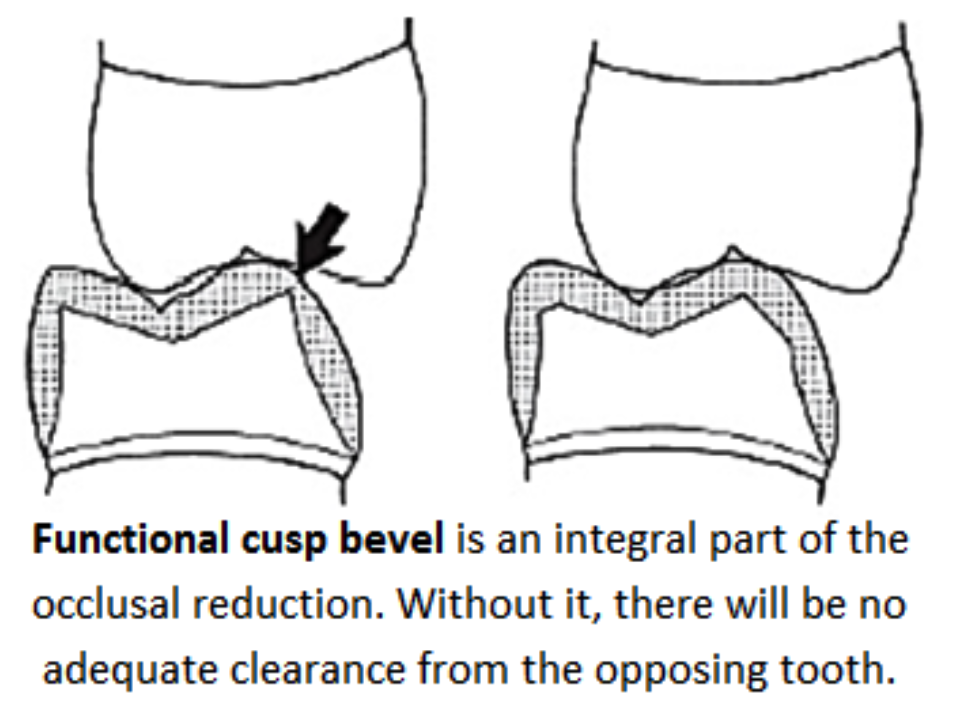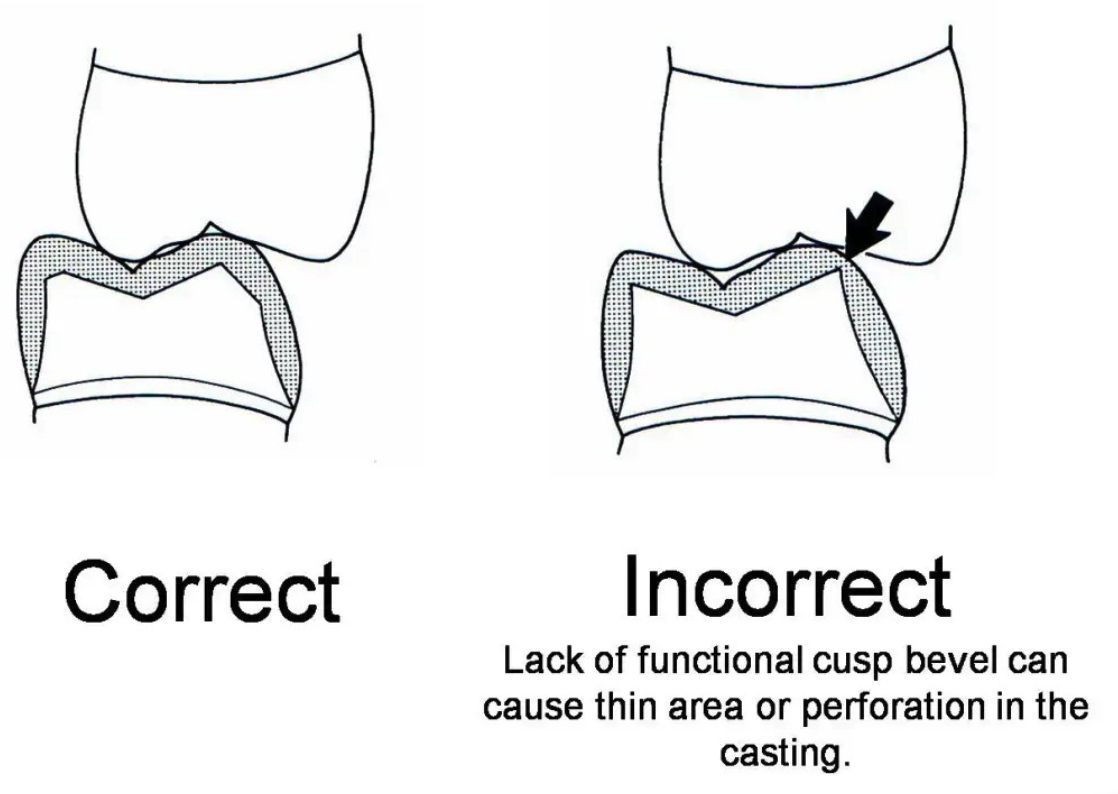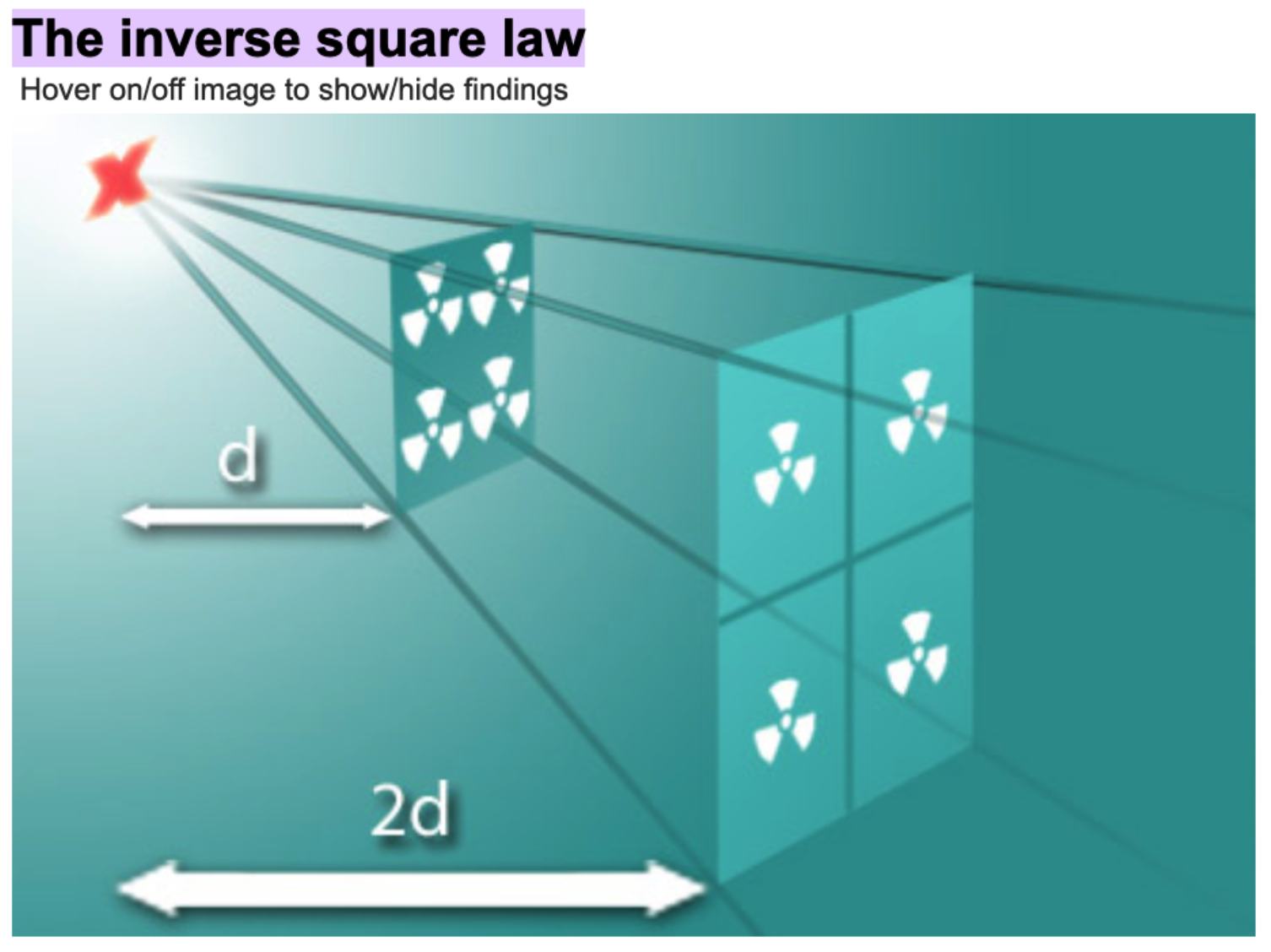#Orthodontics1-The SNB angle in adolescents will generally:◯ A. Increase◯ B. decrease◯ C. Stay constant
#Anatomy2-The most acceptable etiology of a bifid uvula is:
◯ A failure of fusion of the posterior palatine folds◯ B. failure of fusion of the longitudinal fissures◯ C. failure of fusion of the maxillary and nasal process◯ D. none of the above
◯ A failure of fusion of the posterior palatine folds
#Management3- A patient is currently taking tricyclic antidepressants. When using local anaesthetics, a possible outcome may include:
◯A. Increased blood pressure due to epinephrine◯ B. Decreased blood pressure due to epinephrine◯C. Decreased sympathomimetic effect◯ D. No effect on the cardiovascular system
◯A. Increased blood pressure due to epinephrine
#Prothesis4-Functional cusp bevelling is done to:◯ A. Increase retention and strength of a restoration◯B. Allow for occlusal harmonization◯ C. Directing forces vertically down long axis◯ D. Improve structural durability
Functional cusp beveling is a critical step in tooth preparation for crowns, especially in posterior teeth, where it helps in distributing occlusal forces efficiently.
This is important for preventing fracture and enhancing the longevity of the restoration by minimizing excessive lateral stress.
#X-ray5-If the target to object distance is doubled, exposure time should be:
◯A. Doubled◯ B. tripled◯ C. quadruple◯ D.increased 10 times
◯A. Doubled
Join our AFK Weekly newsletter
Solving questions is really important, but solving exam grade questions with true and authenticated answers is critical.
Will post a question everyday, then at the week end will do a video to explain the correct answers and the concept of each questions, signup now to get weekly updates.
Will post a question everyday, then at the week end will do a video to explain the correct answers and the concept of each questions, signup now to get weekly updates.
Thank you!



